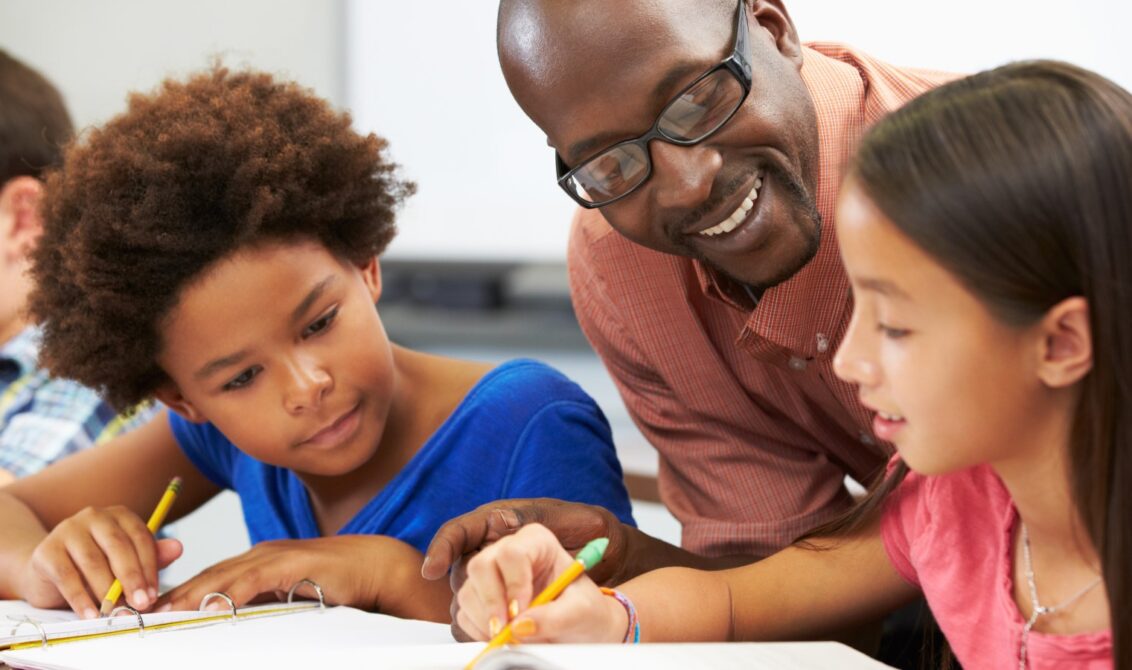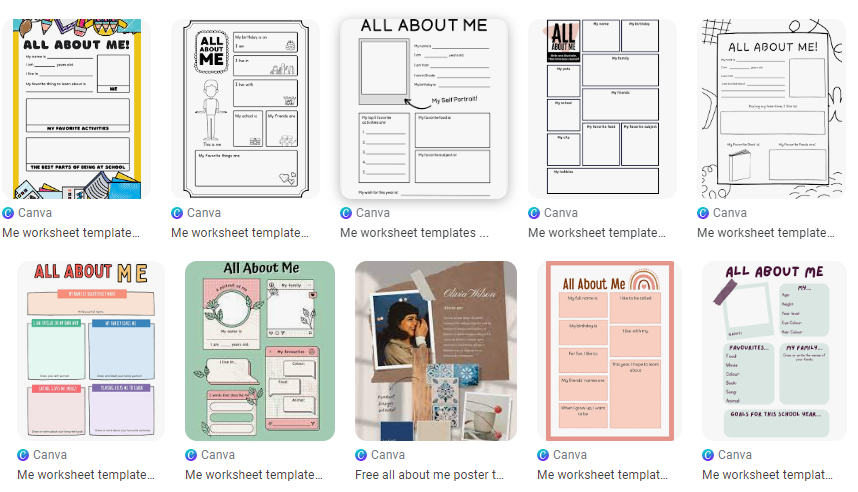
We all understand how icebreakers and first-day activities can help to get to know learners better. Get-to-know-you (GTKY) activities certainly help to create a positive learning environment which can make learners feel more at ease, but there is more to it. Getting to know our learners, also enables teachers to provide culturally responsive teaching (CRT).
What is culturally responsive teaching?
Simply put, culturally responsive teaching is an approach which aims at making every student feel included in the learning process. It aims at closing the gap between students’ lived experiences, their authentic identities and the school curriculum. Knowing learners makes it possible to intentionally modify what and how we teach in the classroom. This makes learning more accessible and connected to learners’ different funds of knowledge, such as their backgrounds, cultures, languages and skills and knowledge they have already developed.
Why is CRT important?
Classrooms are growing more diverse each year. And in particular in international schools, learners – and teachers – often come from a wide variety of backgrounds. As a result, they bring with them different forms of knowledge, beliefs and life experiences. However, school curricula might represent limited diversity in the materials and approaches selected. This could mean some learners are not able to relate to the learning activities, which reduces not only their engagement but also their level of participation in the classroom.
This inclusive teaching approach creates a learner-centred culture where all students feel their contributions matter. Cultural differences are seen as an asset and by building on what learners bring to the classroom, such as students’ different cultural traditions and ways of learning, learners can feel a sense of belonging. Feeling valued enhances students’ self-esteem, motivation and learning performance but also promotes societal values of diversity and inclusion.
Where to start when teaching culturally diverse students?
To become a more culturally responsive teacher, it is important to be aware of one’s own biases in the classroom as well as the biases that might be present in teaching materials. The foundation of any learning is building trusting and positive relations with and between the learners and their families to create a safe learning community. So, the most essential step is taking the time to get to know your learners’ and their families’ unique context. This enables acknowledgement of these differences and allows teachers to modify their teaching accordingly to better enable all learners to succeed academically.
How to go about GTKY in a culturally diverse context?
Here are some GTKY ideas to get you started.
1. Create a ‘This is me!’ page
To intentionally modify what and how we teach in the classroom so it relates to our learners’ needs and funds of knowledge, getting to know them is key. A simple but effective activity is to create a one-page profile. This activity gives learners a chance to express who they are and gives them and their families a voice; they share what matters to them and how they feel learning works best.
This enables teachers to learn about students’ lives and learning preferences and helps to modify teaching. It also provides a great starting point for building positive relationships. Students complete this online or on paper, ideally at home with their parents or caregivers and can use their L1 as needed. Make it as creative as you like! These could be created using a template from a digital design tool such as Canva, or done with pen and paper.

2. Design a passion wall
Dedicate one wall in your classroom to get students to creatively share what they love and are passionate about. You could direct learners to think about topics related to their interests, home life or community culture, e.g. information or items related to cultural festivals, local dishes, what they do at weekends etc. They can choose to share pictures, quotes, drawings, and items that they like. Depending on the students’ level, they could write a caption for their contributions. The wall makes visible the things diverse students are passionate about and want to share with their class. It is a great springboard for class discussions. If you are teaching online, you could use an online wall, like Padlet to create this.
3. Show and tell
Most teachers are familiar with show and tell. These mini-presentations are a great time for individual students to share stories, images or objects relevant to their lives. You can either set a theme such as home life, or students can pick the focus, but ensure students’ families are informed so they know what is appropriate to bring in and share about. This activity not only strengthens learners’ identities and connectedness, but also provides great opportunities to develop listening and speaking skills.
Read more on how to make your teaching more culturally responsive
In summary
Knowing more about learners informs the next step: using this information to plan lessons and capitalise on students’ funds of knowledge. By doing so, over time learning can become a more positive experience for all of our students. So how will you start?
Subscribe to our blog
If you’d like to stay up to date with our articles in 2023, why not subscribe to our blog? You’ll get a fortnightly roundup of the articles you’ve missed straight to your inbox, plus links to free teaching resources.

